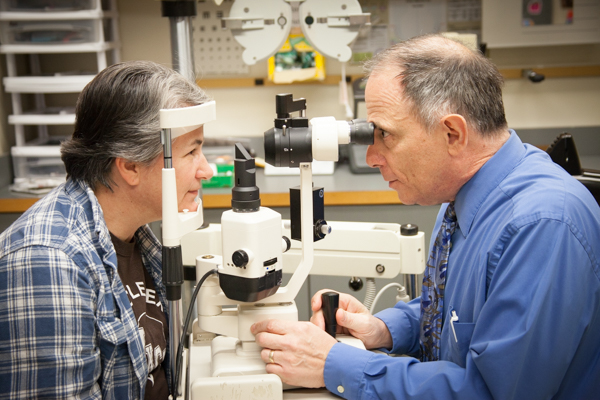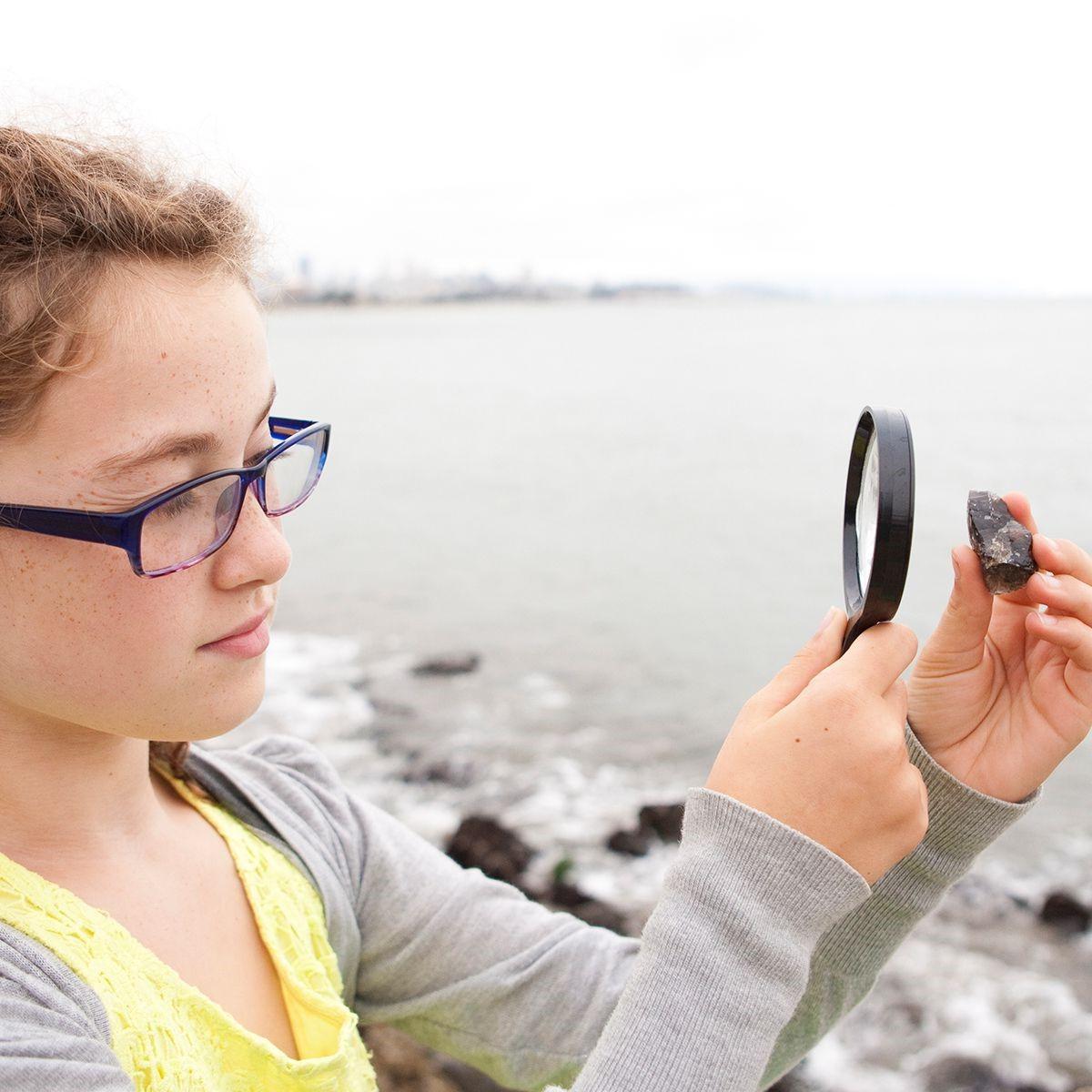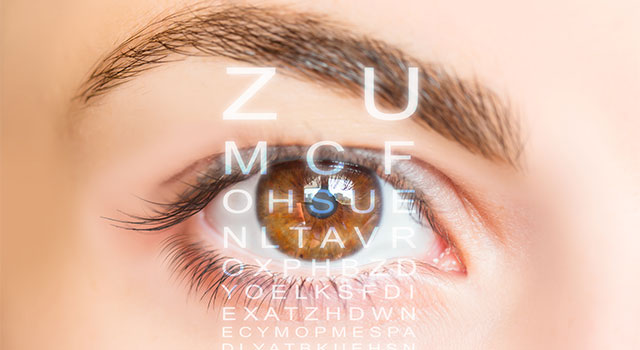The Role of Advanced Diagnostic Tools in Identifying Eye Disorders
In the world of ophthalmology, the application of advanced diagnostic tools has reinvented the very early recognition and management of various eye disorders. From finding refined adjustments in the optic nerve to keeping track of the progression of retinal illness, these innovations play an essential duty in boosting the precision and performance of detecting eye problems. As the need for exact and prompt medical diagnoses proceeds to grow, the combination of innovative tools like optical coherence tomography and visual field screening has actually come to be crucial in the world of eye treatment. The complex interplay between technology and ocular techniques not just clarifies elaborate pathologies but also opens up doors to customized treatment strategies.
Value of Early Medical Diagnosis
Early diagnosis plays a critical function in the efficient administration and treatment of eye conditions. By finding eye problems at a very early phase, medical care carriers can supply ideal therapy strategies customized to the certain condition, eventually leading to much better outcomes for patients.

Technology for Detecting Glaucoma
Cutting-edge analysis innovations play an important role in the very early detection and monitoring of glaucoma, a leading root cause of permanent blindness worldwide. One such modern technology is optical comprehensibility tomography (OCT), which offers thorough cross-sectional photos of the retina, allowing for the dimension of retinal nerve fiber layer thickness. This dimension is necessary in evaluating damages triggered by glaucoma. Another sophisticated tool is aesthetic field screening, which maps the sensitivity of an individual's visual area, helping to find any locations of vision loss characteristic of glaucoma. In addition, tonometry is used to gauge intraocular pressure, a major threat element for glaucoma. This examination is essential as raised intraocular stress can result in optic nerve damages. Newer modern technologies like the use of synthetic knowledge formulas in analyzing imaging data are showing appealing outcomes in the very early discovery of glaucoma. These advanced diagnostic tools enable ophthalmologists to identify glaucoma in its very early phases, allowing for timely intervention and much better administration of the condition to avoid vision loss.
Function of Optical Comprehensibility Tomography

OCT's capability to quantify retinal nerve fiber layer density enables for accurate and unbiased measurements, aiding in the very early detection of glaucoma also before aesthetic field issues end up being obvious. OCT technology permits longitudinal surveillance of structural adjustments over time, helping with tailored treatment plans and prompt interventions to assist maintain patients' vision. The non-invasive nature of OCT imaging likewise makes it a recommended choice for checking glaucoma progression, as it can be repeated consistently without causing discomfort to the person. Overall, OCT plays a vital duty in enhancing the diagnostic accuracy and monitoring of glaucoma, inevitably contributing to better results Read Full Report for people at threat of vision loss.
Enhancing Diagnosis With Visual Area Screening
An essential part in thorough ocular analyses, aesthetic area screening plays an essential function in enhancing the diagnostic procedure for numerous eye conditions. By examining the full extent of a patient's visual field, this examination supplies important info about the useful stability of the entire visual pathway, from the retina to the visual cortex.
Visual field screening is specifically beneficial in the medical diagnosis and administration of conditions such as glaucoma, optic nerve disorders, and different neurological diseases that can influence vision. Via quantitative dimensions of peripheral and main vision, clinicians can find subtle adjustments that may indicate the presence or progression of these disorders, also before recognizable signs occur.
In addition, visual area testing enables the monitoring of therapy efficacy, assisting eye doctors tailor healing interventions to private patients. eyecare near me. By tracking modifications in aesthetic field efficiency over time, medical care service providers can make enlightened decisions regarding readjusting medications, suggesting medical treatments, or executing various other ideal measures to protect or boost a patient's visual function
Taking Care Of Macular Deterioration

Final Thought
In verdict, progressed analysis devices play an important duty in identifying eye problems early on. Technologies such as Optical Comprehensibility Tomography and visual field screening have greatly enhanced the accuracy and performance of detecting problems like glaucoma and macular deterioration.
Comments on “Ideal Refractive Surgeries in AL: State-of-the-Art Eye Treatment”